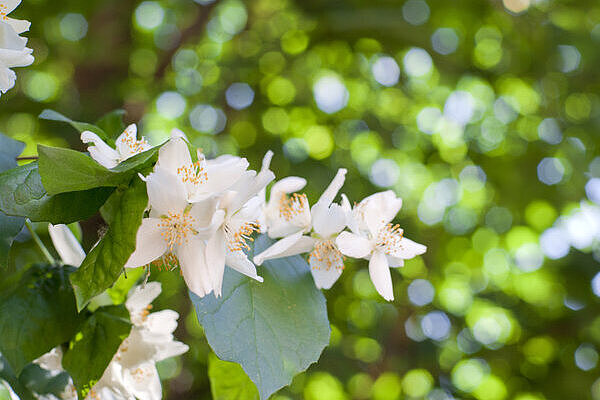Forsythia

What is forsythia?
Forsythia, also known as the golden bell, belongs to the olive family (Oleaceae) and is mainly native to East Asia. The plant is cultivated as an ornamental shrub in many parts of the world and is particularly known for its bright yellow flowers, which appear before the leaves emerge. Forsythia can be found in both gardens and parks and are popular due to their early flowering and low maintenance nature.
Benefits of forsythia for dogs
Aesthetic and sensory enrichment
Similar to lilacs, forsythia can also enhance a dog's environment. The bright colors and appearance of the flowers in an otherwise barren spring garden can stimulate a dog's curiosity and senses. This type of environmental stimulation is important for dogs' mental health and overall well-being.
Potential health benefits
Although direct ingestion of forsythia parts is not recommended, there is evidence that certain constituents of the plant are used in traditional medicine. However, these should not be used without the advice of a veterinarian, as there is not yet enough research in this area to draw clear conclusions about its safety and effectiveness for dogs.
Disadvantages and risks
Toxicity
The biggest concern with forsythia in relation to dogs is its potential toxicity. Parts of the plant can cause gastrointestinal distress if eaten by dogs. Symptoms of poisoning can include vomiting, diarrhea and lethargy. It is therefore important to discourage dogs from nibbling on the plant or eating parts of it.
Allergic reactions
While allergic reactions to forsythia are less common in dogs, they cannot be completely ruled out. Dogs that are particularly sensitive to plants or pollen may show symptoms such as skin irritation or respiratory problems if they come into contact with the plant.
The forsythia, with its bright yellow flowers, not only heralds the arrival of spring, but can also be a source of enrichment and joy for dogs. Their aesthetic presence and associated sensory stimulation can contribute positively to a dog's habitat. However, it is of utmost importance to be mindful of the plant's potential toxicity and take precautions to prevent dogs from eating parts of the forsythia. The health and safety of our four-legged friends should always be a top priority. In a controlled environment where access to the plant is restricted, forsythia can be a wonderful addition to a dog's environment without any risks to their health.
If you notice any signs of hypersensitivity or poisoning in your dog, you should see your vet immediately. We are not a substitute for a vet, but we try to be as accurate as possible. Every dog reacts differently and we recommend you get a second opinion or consult your vet if in doubt.
Stay healthy and take good care of your four-legged friend!😊
Similar to Forsythia
Jasmine blossom is the flower of plants from the jasmine genus (Jasminum), which belongs to the olive family (Oleaceae). There are over 200 species of jasmine, which are mainly found in the...
Weigelia belong to the honeysuckle family and comprise around 12 species of deciduous shrubs originally from East Asia. They are particularly prized for their long-lasting and colorful flowers,...
Deutzias belong to the hydrangea family (Hydrangeaceae) and are predominantly deciduous shrubs. They vary in size and can grow between 1 and 3 meters high. In spring and early summer, deutzias adorn...
Kolkwitzia, scientifically known as Kolkwitzia amabilis, is an ornamental shrub that originates from China and is particularly striking in spring with its magnificent pink to white flowers. This...



